This week's Slott Report Mailbag discusses some complex, timely issues involving life insurance and RMD tables. As always, we stress the importance of working with a competent, educated financial advisor to keep your retirement nest egg safe and secure.
1.
I am reading your book Stay Rich For Life and have a question regarding life insurance. In the book you advise that an individual should not own his own life insurance but be insured and have a family member named as the owner. This would mean having that person pay the premiums. What happens with that policy if that person dies before you? Would it become a part of their estate?
Answer:
In most cases we recommend that life insurance be owned by a irrevocable life insurance trust. When the proceeds of the policy are paid upon death it can not be included in the taxable estate and will not be income taxed. The insured would write a check to the trust and the trust would pay the premiums. It is a little more involved than this and you should discuss this with your financial advisor and your attorney.
2.
Ed and Company,
1000% of my IRA funds have my wife as beneficiary and I used the RMD tables for survivorship. I recently named my two children as beneficiaries for 30% of my IRA funds. When it comes to calculating the required RMD, do I still use the survivor tables for my wife's 70% fraction and the uniform tables for my children's fraction?
Stan
Answer:
Good question. At age 70 1/2 just about everyone will use the Uniform Lifetime Table to calculate required minimum distributions. The fact that you added your children as partial beneficiaries will not change that. The only exception is if a spouse was the sole beneficiary and he or she is greater than 10 years younger than the IRA owner. If that was the case the joint life expectancy table could be used. However, you cannot use the Joint Life Table when the spouse is not the sole beneficiary; you must use the Uniform Lifetime Table.
3.
I want to convert my traditional IRA to a Roth, but don't like the idea of having to pay the tax to convert. YOU supposedly have a way of using the GOVERNMENT'S MONEY to pay the tax bill for the conversion, what is it? Can the same thing be done with 401(k) and 403(b) money (after rolling them over into traditional IRA first)?
Robert
Answer:
Using "government" money to pay the tax on a conversion is a little bit like saving a lot of money at a sale. You still have to spend some of your own money in order to save some money. One way you can use the government's money is to spread the income on a 2010 Roth conversion over 2011 and 2012. This is the equivalent of getting an interest-free loan from the government to pay the tax on the conversion. And if you happen to have enough cash lying around to pay the tax bill, then you get to keep the earnings on that money while you are waiting for the tax bill to come due.
You no longer have to roll your employer plan funds to an IRA before doing a Roth conversion. You can do the conversion directly from the employer plan. Any conversion done this year, either IRA or plan, will be eligible to spread the income over 2011 and 2012.
By IRA Technical Consultant Marvin Rotenberg and Jared Trexler
------------------------------------------------------------------------------
Comment, Question, Discussion Topic on your mind? Click on the Blue Comment Link below and leave your thoughts then check back to see what other consumers and advisors think.
*Copyright 2010 Ed Slott and Company, LLC
Thursday, September 23, 2010
RMDs, Life Insurance Questions Highlight Mailbag
Posted by
Ed Slott and Company, LLC
at
11:22 PM

 Labels:
IRAs,
Mailbag,
marvin rotenberg,
Retirement,
Roth IRAs
Labels:
IRAs,
Mailbag,
marvin rotenberg,
Retirement,
Roth IRAs
Subscribe to:
Post Comments (Atom)
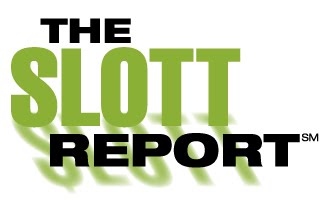

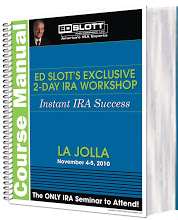
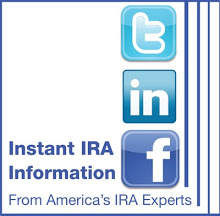
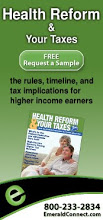

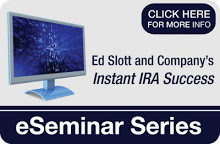







0 comments:
Post a Comment